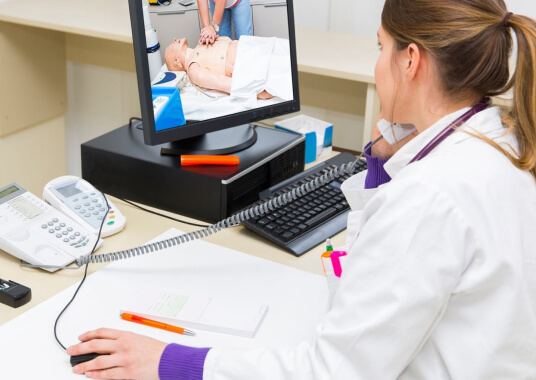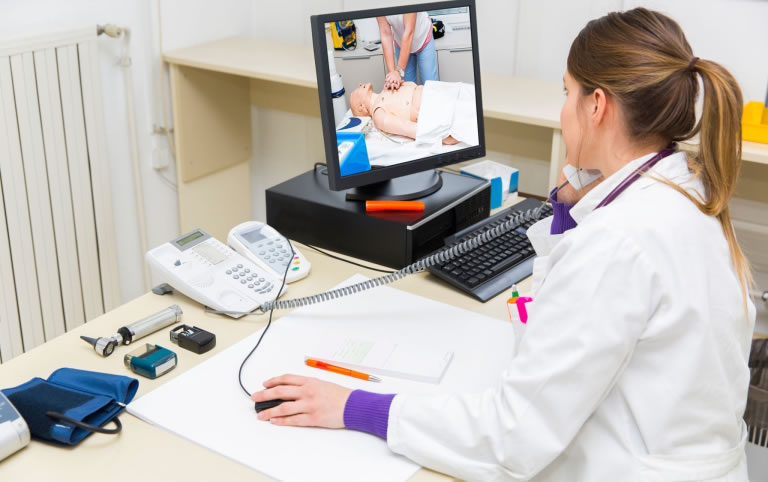CPR, First Aid, BLS, ACLS, PALS certifications.


Get certified in Adult, Child, and Infant CPR, plus AED use, with our 100% Online CPR/AED Course. Complete it in under 2 hours, enjoy unlimited quiz retakes, and earn instant certification valid for 2 years.
![]() (111,773 reviews with 4.8 stars)
(111,773 reviews with 4.8 stars)
$14.95 $24.90
| Chapters | CE Credits | Validity | Cost | Duration | ECC | Exam Attempts | Wallet Card |
|---|---|---|---|---|---|---|---|
| 12 | 4.0 | 2 Years | $14.95 | 1-2 Hrs | Compliant | Unlimited | Download/Print/Mail |
Before starting Cardiopulmonary Resuscitation (CPR), it’s essential to follow a few quick safety and assessment steps:
For CPR purposes, anyone who has entered or completed puberty is treated as an adult.
If a second rescuer is available:
This chapter in your Online CPR/AED Course walks you through how to begin CPR for an unresponsive adult, using proper technique to increase the chance of survival until help arrives.